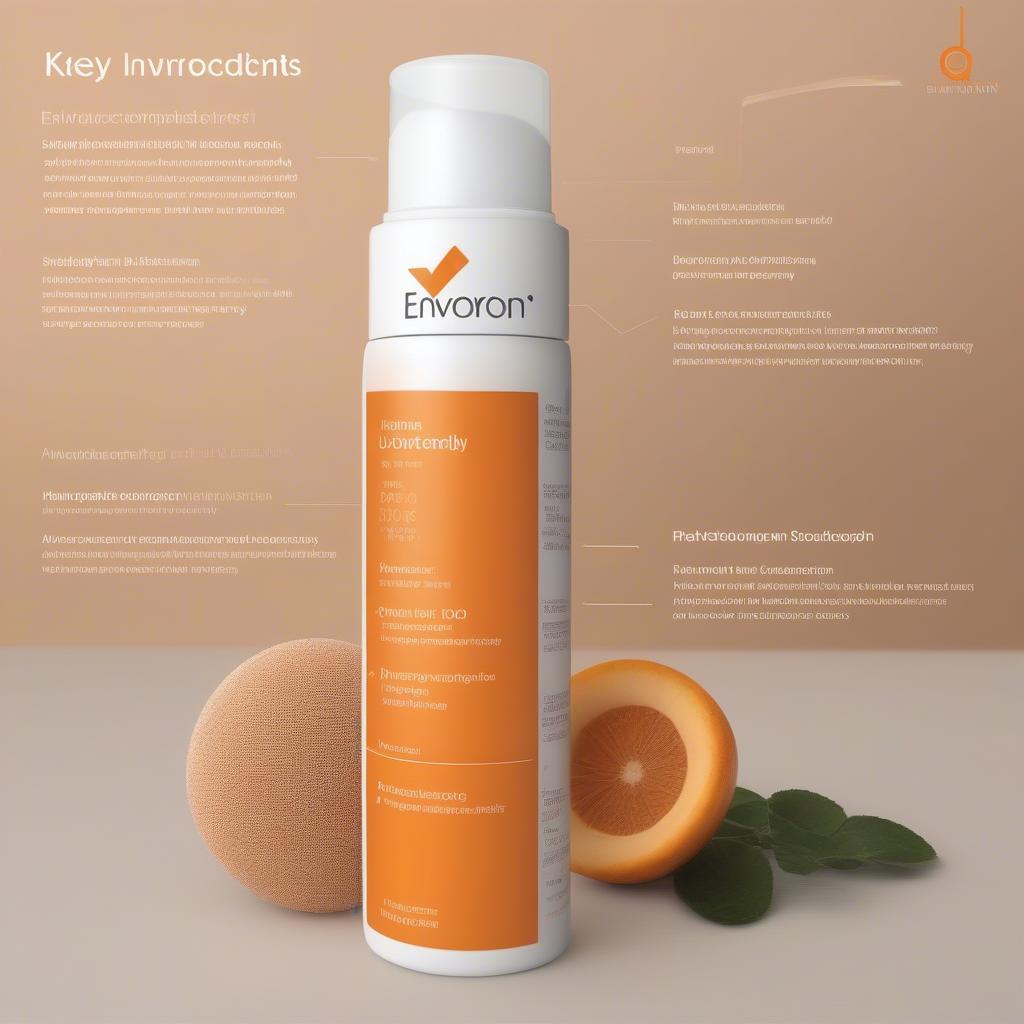Uncovering the Mystery of Candle Sinkholes: A Guide to Wax Formations
- AmazoniaSilva
- Tháng 12 11, 2024
- Zodiac signs
- 0 Comments
Candle Sinkholes, those frustrating craters that form in the center of your burning candle, are a common occurrence. They can not only affect the aesthetic appeal of your candle but also its burn time and fragrance throw. Understanding why they occur and how to prevent them can significantly enhance your candle-burning experience.
What Causes Candle Sinkholes?
Candle sinkholes, also known as candle tunneling, happen when the wax around the wick melts faster than the surrounding wax, creating a well or crater. This leaves a ring of hard wax around the edges, effectively “trapping” the remaining fuel and shortening the candle’s lifespan.
Several factors can contribute to this phenomenon. The most common culprit is an improper initial burn. If the candle isn’t allowed to burn long enough during its first use, the wax pool won’t reach the edges of the container, setting the stage for tunneling. Other factors include the type of wax used, fragrance load, wick size, and even drafts.
Preventing Candle Sinkholes: Tips and Tricks
Thankfully, there are several easy ways to prevent candle sinkholes and ensure an even burn. One of the most effective methods is the “memory burn.” During the first burn, allow the candle to burn for long enough that the entire top layer of wax melts and forms a complete pool reaching the edges of the container. This creates a “memory” for subsequent burns, encouraging the wax to melt evenly. How long this takes depends on the size and type of candle, but a general rule of thumb is to burn it for one hour for every inch in diameter.
Another helpful tip is to trim the wick regularly. A long wick can cause a larger flame, leading to uneven melting and potential sinkholes. Aim for a wick length of about ¼ inch. Avoid drafts and keep the candle away from vents or open windows. These can cause the flame to flicker and melt the wax unevenly. Finally, choosing high-quality candles made with natural waxes and appropriate wick sizes can also reduce the risk of sinkholes.
Why is Addressing Candle Sinkholes Important?
Addressing candle sinkholes isn’t just about aesthetics. It also impacts the candle’s performance and longevity. A candle with a sinkhole will burn unevenly, potentially leading to a weaker fragrance throw. The unmelted wax trapped around the edges becomes wasted fuel, effectively shortening the candle’s lifespan. By preventing sinkholes, you can maximize your candle’s burn time and enjoy its fragrance to the fullest.
Fixing Existing Candle Sinkholes
What if you already have a candle sinkhole? Don’t despair! There are a few methods you can try to salvage your candle. One popular technique involves using aluminum foil. Carefully wrap the foil around the top edge of the candle, leaving a small opening at the center for the flame. The foil helps to concentrate the heat and melt the surrounding wax. However, this method requires careful supervision and shouldn’t be left unattended.
Another option is to carefully use a hairdryer or heat gun on a low setting to melt the surrounding wax. Again, this requires caution to avoid overheating the candle or causing a fire hazard. If the sinkhole is severe, it might be best to accept the loss and focus on preventing it in future candles.
Conclusion: Enjoying a Smooth, Even Burn
Candle sinkholes can be a frustrating experience, but understanding their causes and taking preventative measures can ensure a smooth, even burn and maximize the life of your candles. From the initial memory burn to regular wick trimming, these simple steps can greatly enhance your candle-burning experience. So, light your candles with confidence and enjoy their warm glow and delightful fragrance without the worry of sinkholes.
FAQs about Candle Sinkholes
-
Why do my candles tunnel even after a proper initial burn? The wax type, fragrance load, and wick size can also contribute to tunneling.
-
Can I fix a severe candle sinkhole? While some methods can help, severe sinkholes might be beyond repair.
-
How often should I trim my candle wick? Before each burn, trim the wick to about ¼ inch.
-
What type of wax is less prone to tunneling? Soy wax and beeswax generally tunnel less than paraffin wax.
-
Does fragrance oil contribute to sinkholes? Yes, a high fragrance load can sometimes make a candle more prone to tunneling.
-
What are other names for candle sinkholes? They are also commonly referred to as candle tunneling or welling.
-
Are there any specific candle brands that are less likely to tunnel? High-quality candles with natural waxes and appropriate wick sizes are generally less prone to tunneling.
If you need further assistance, please contact us at [email protected], or visit our office at Fifth Avenue, 34th Floor, New York, NY 10118, USA. We have a 24/7 customer support team ready to help.

